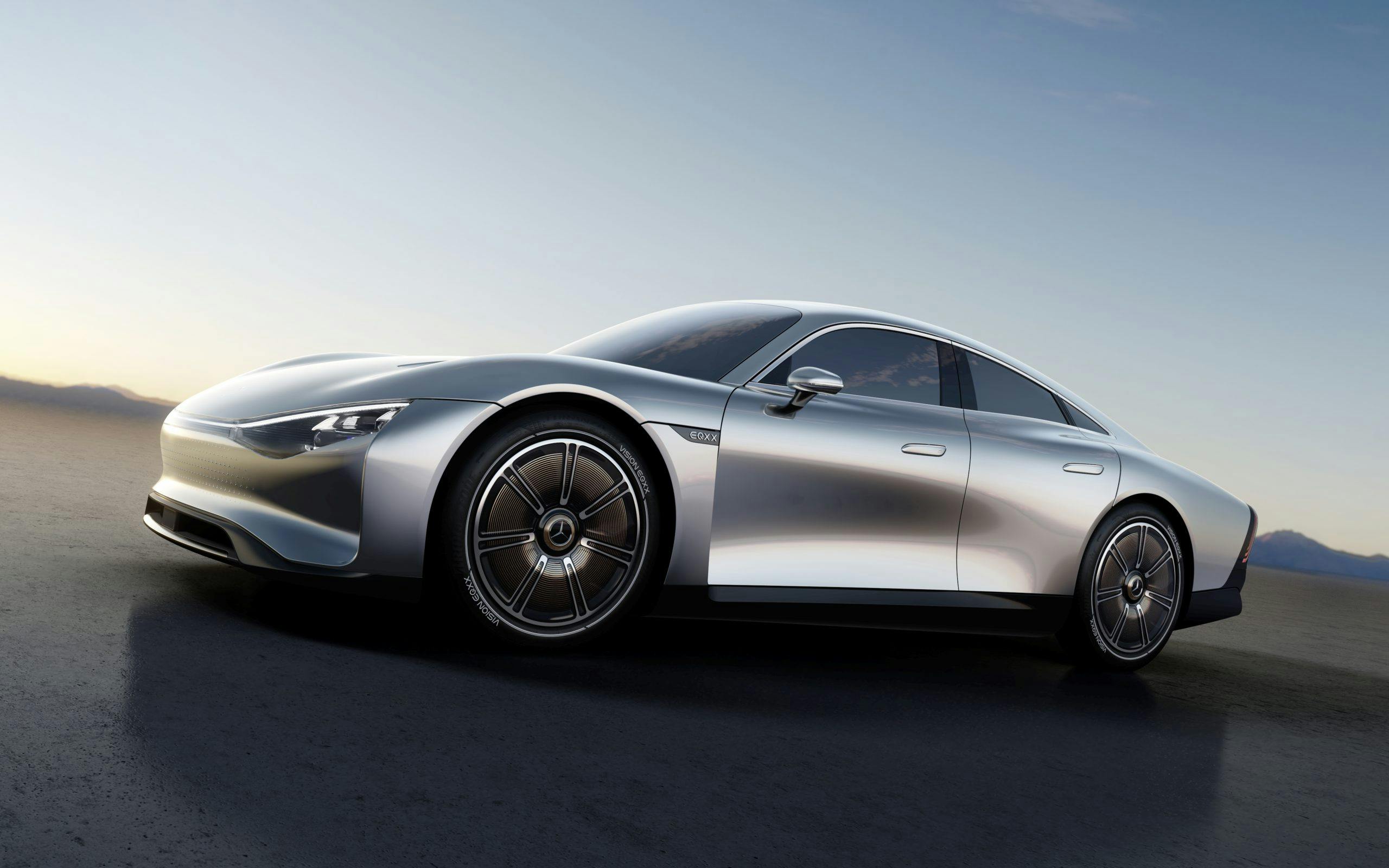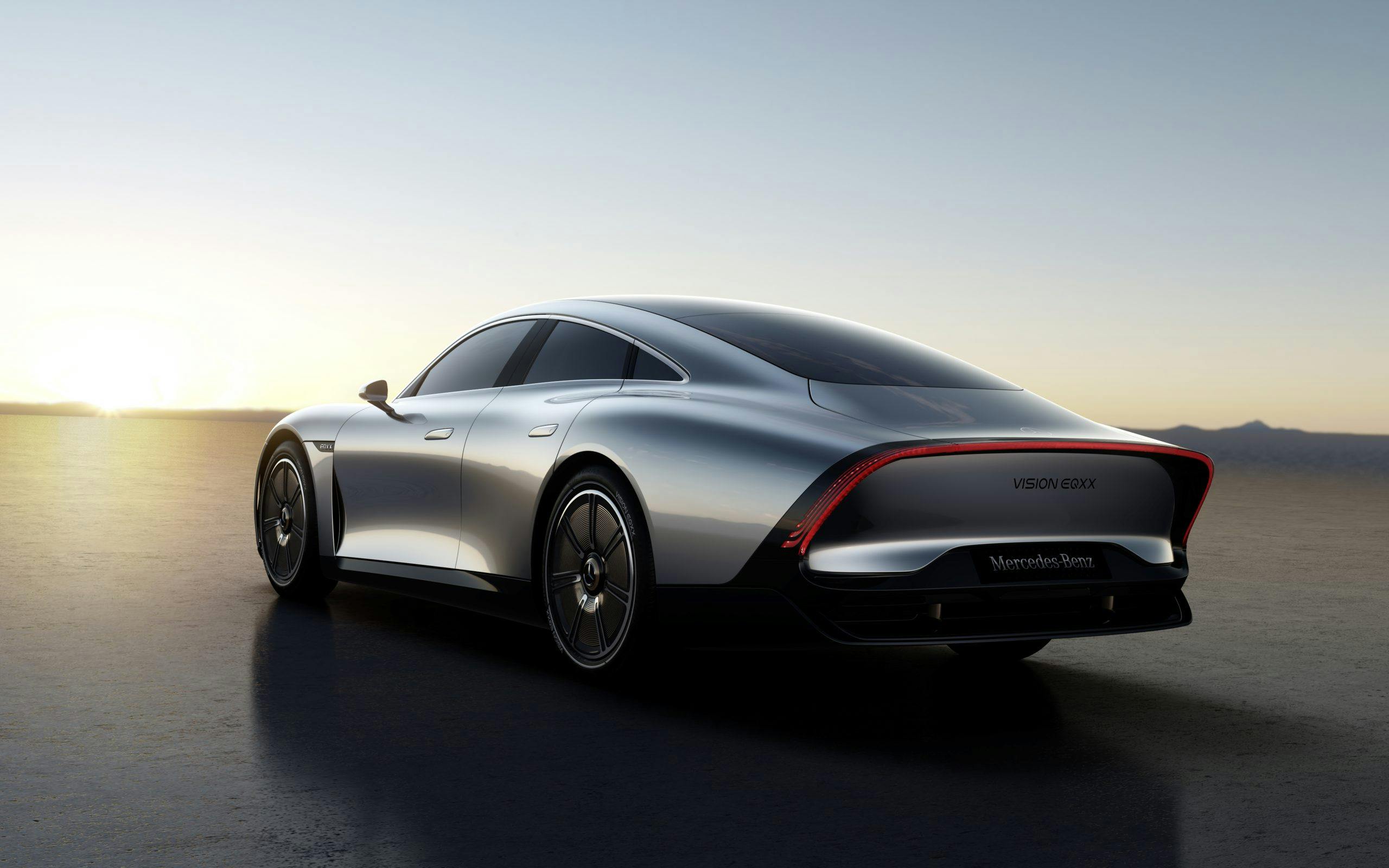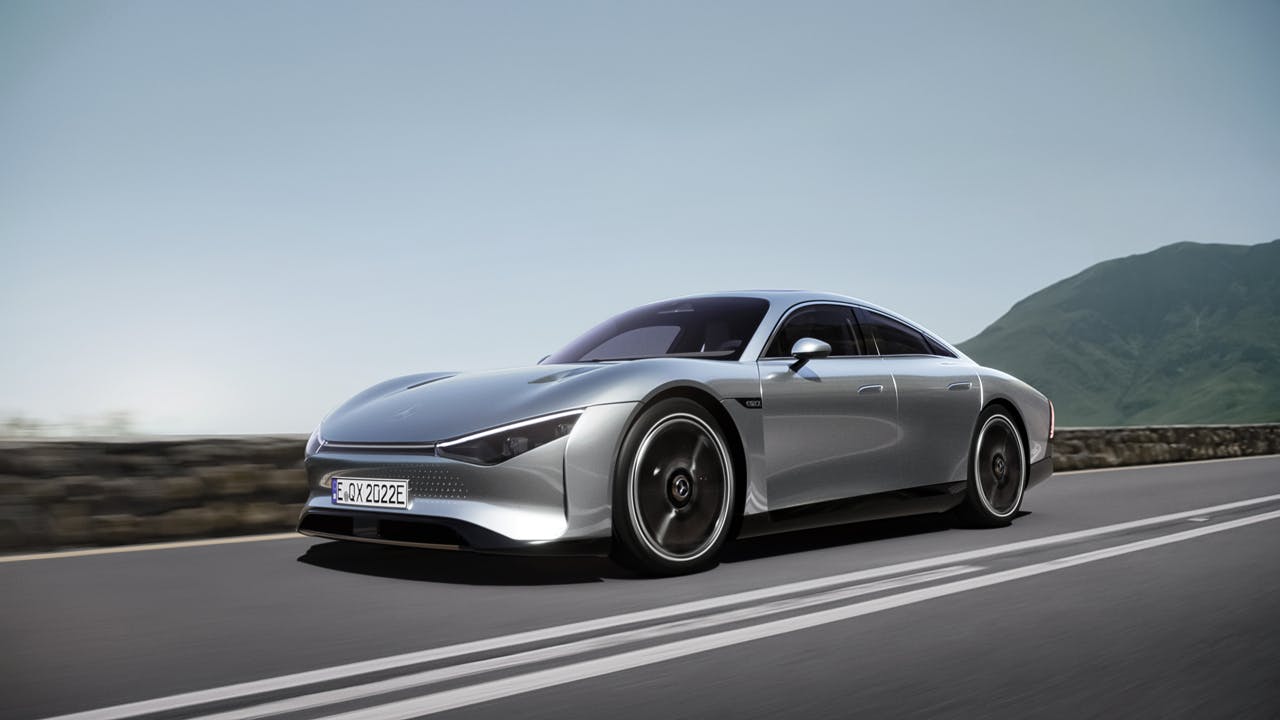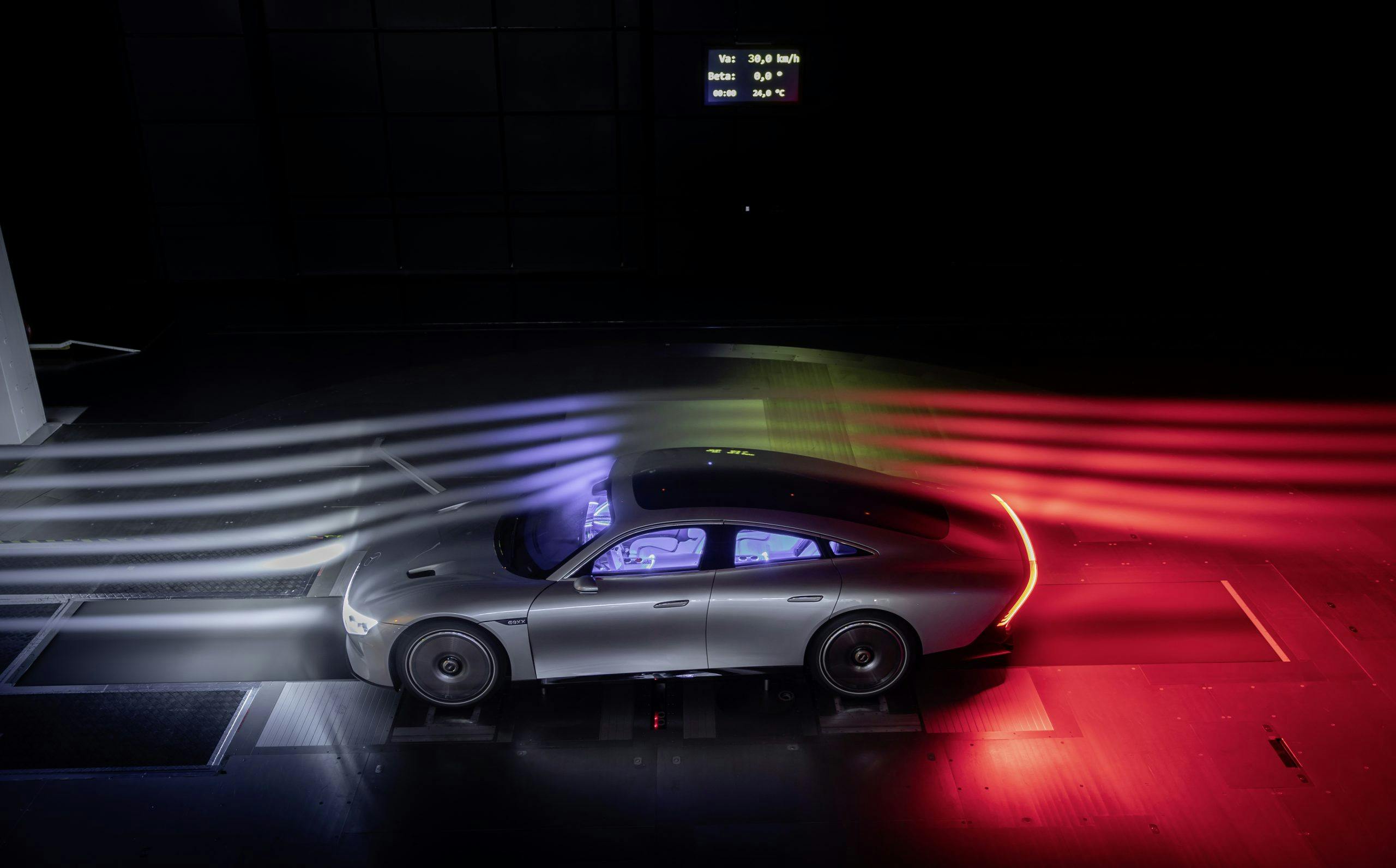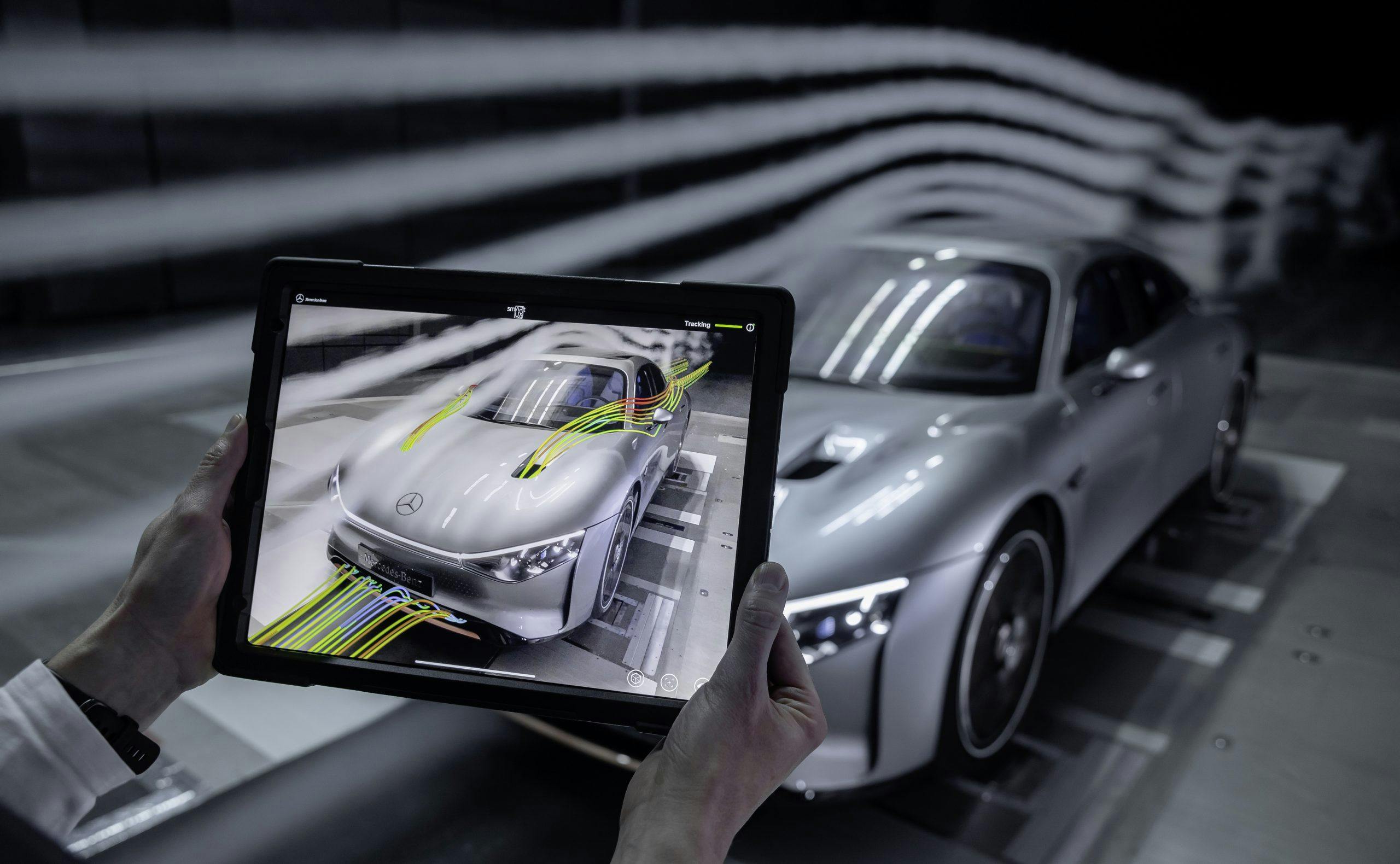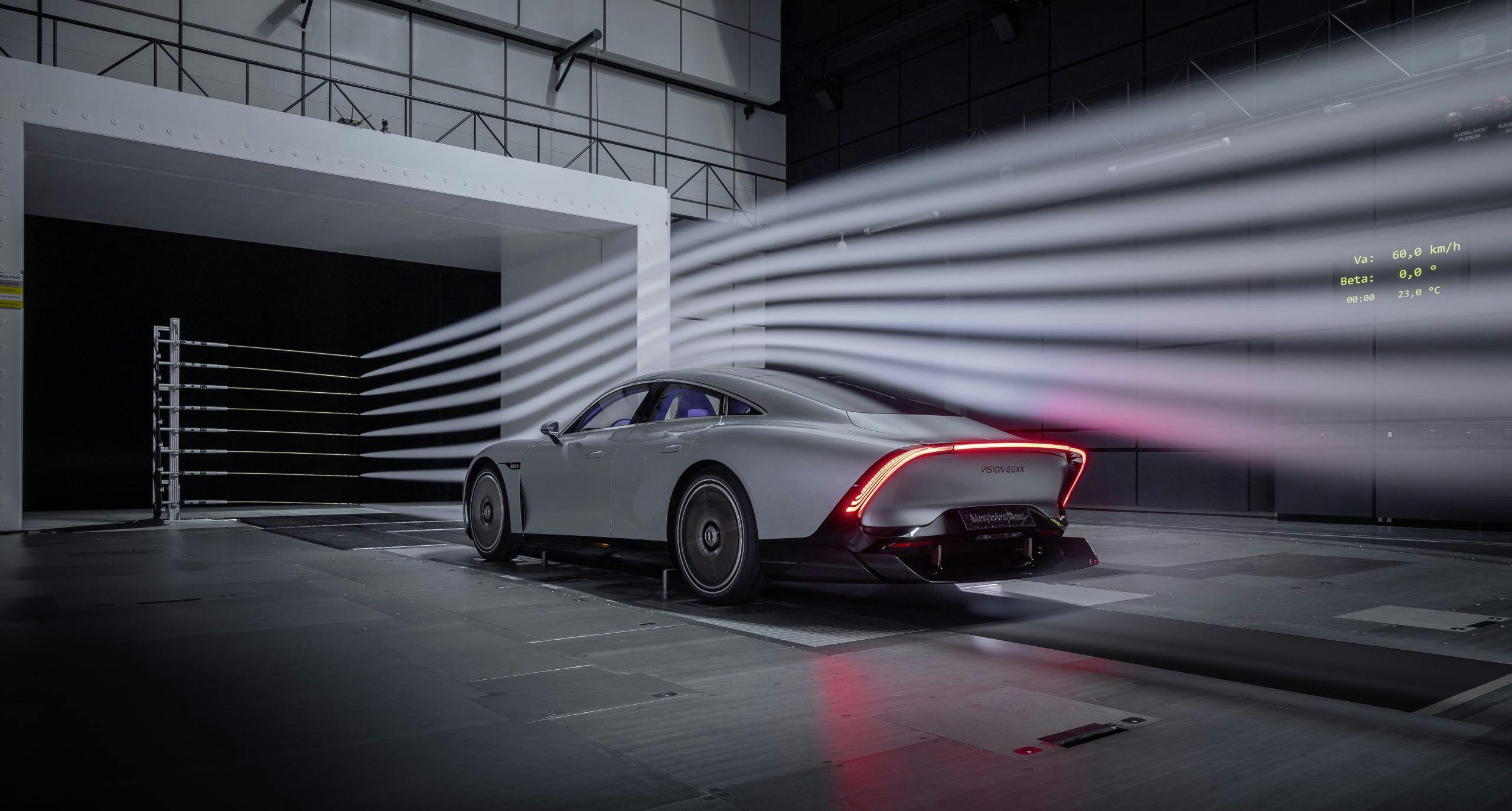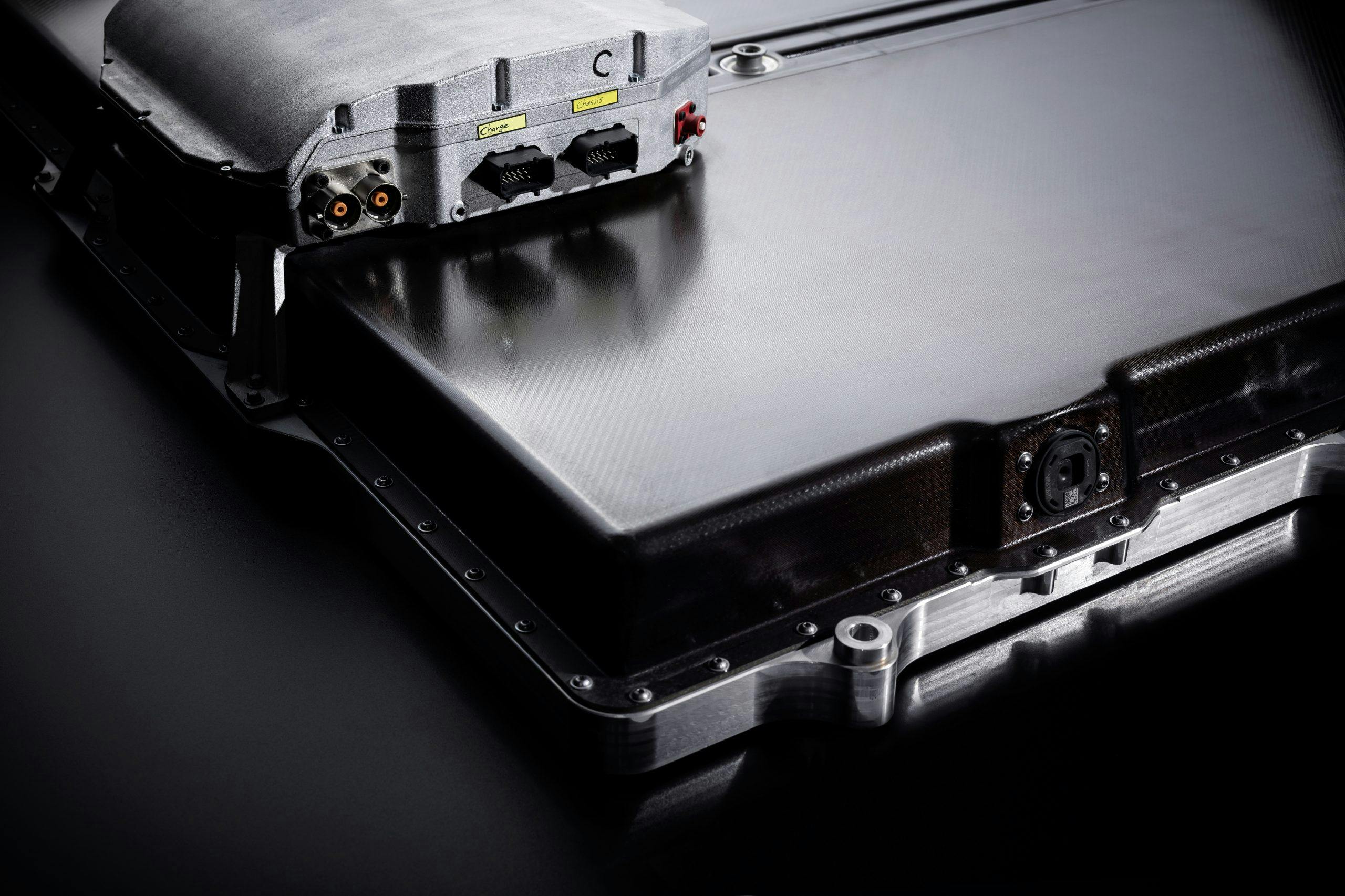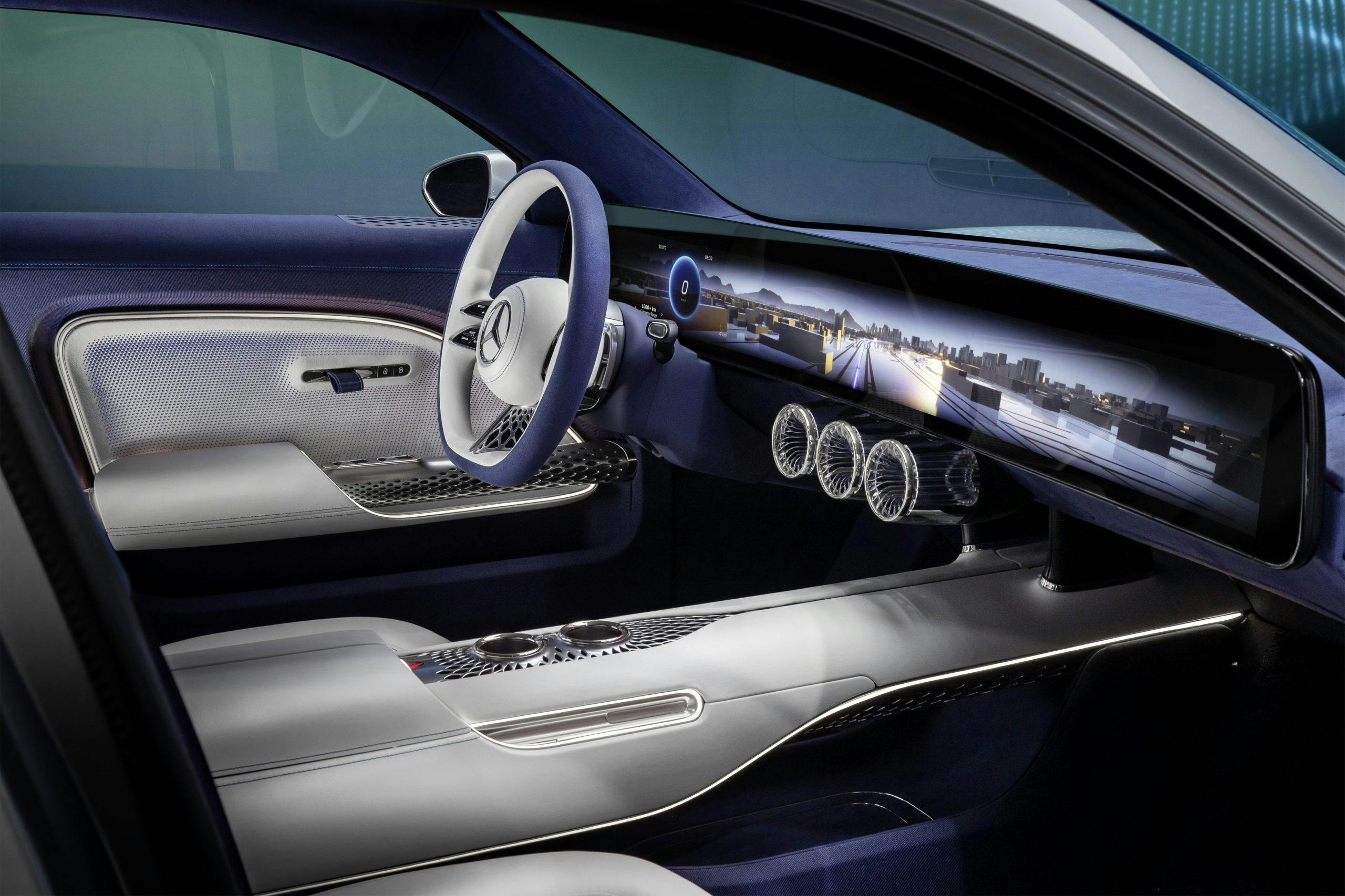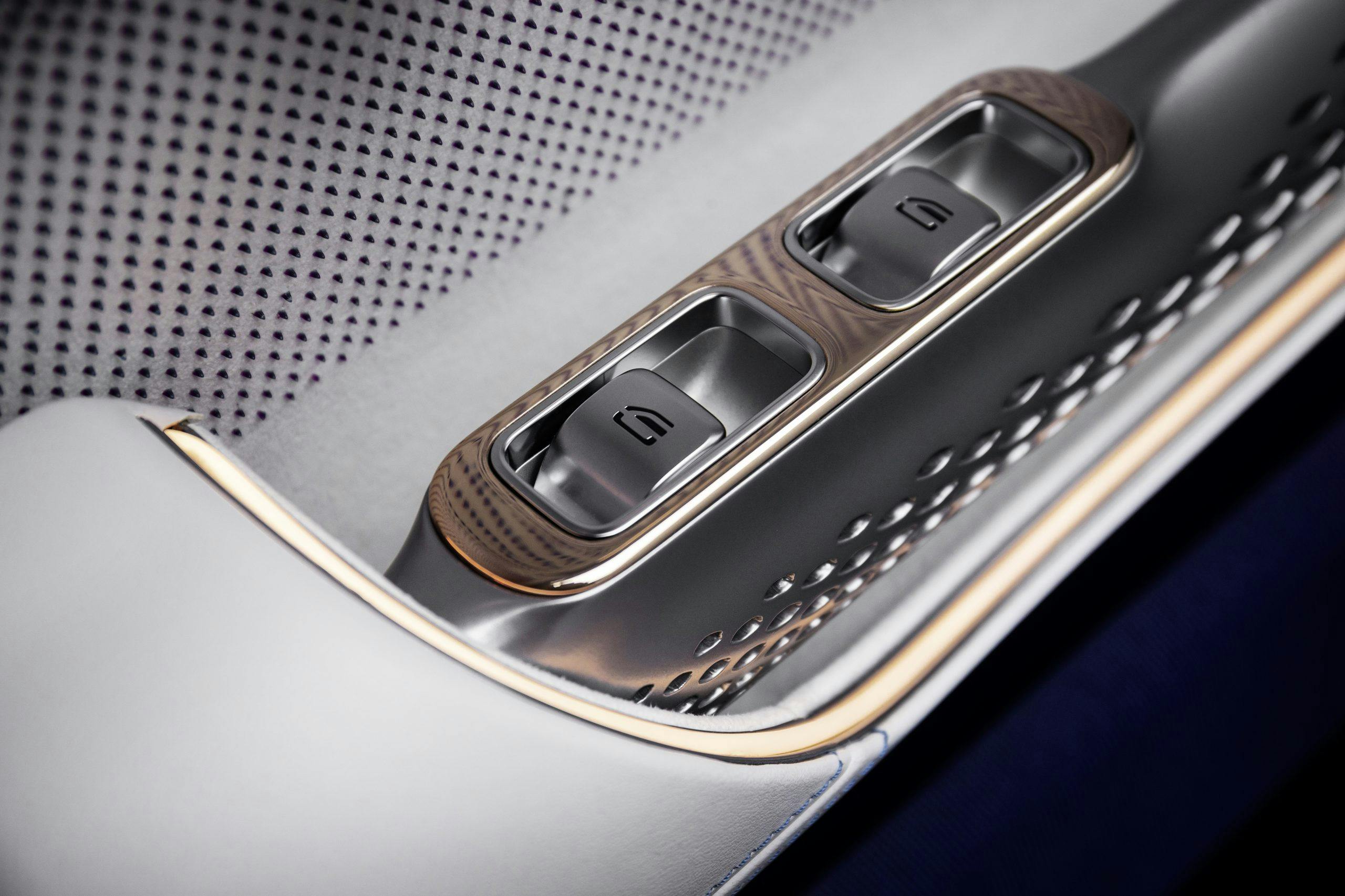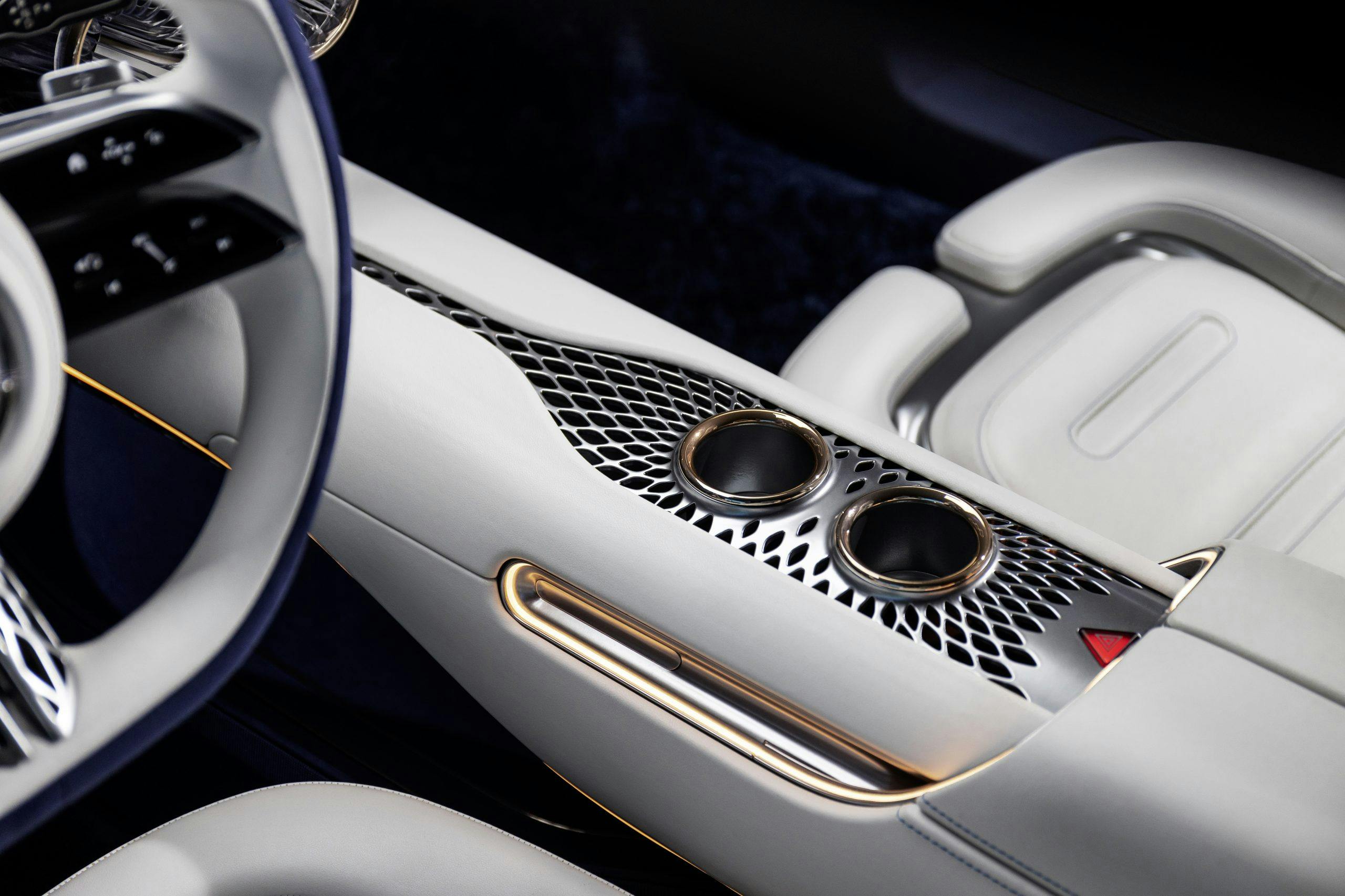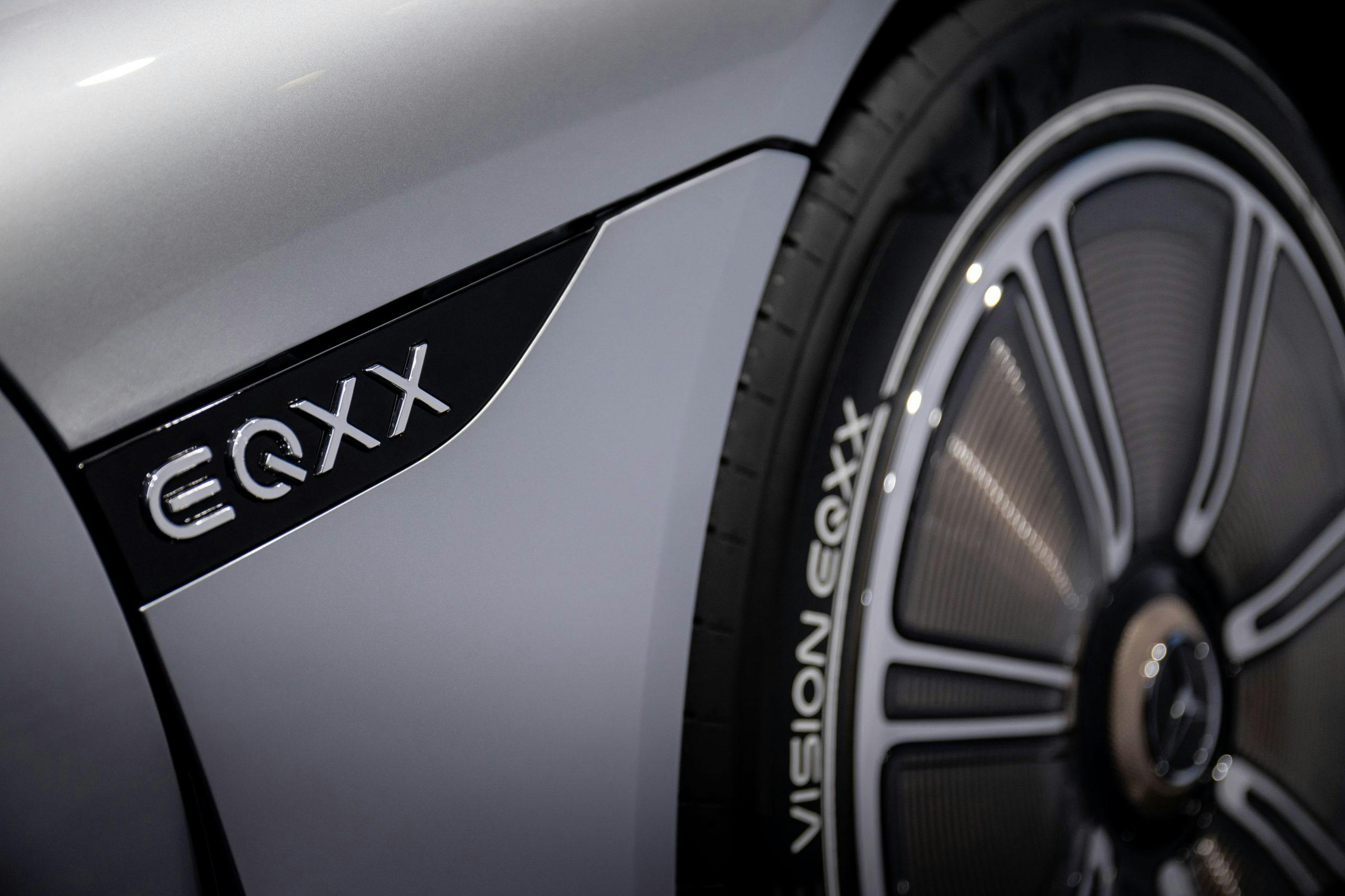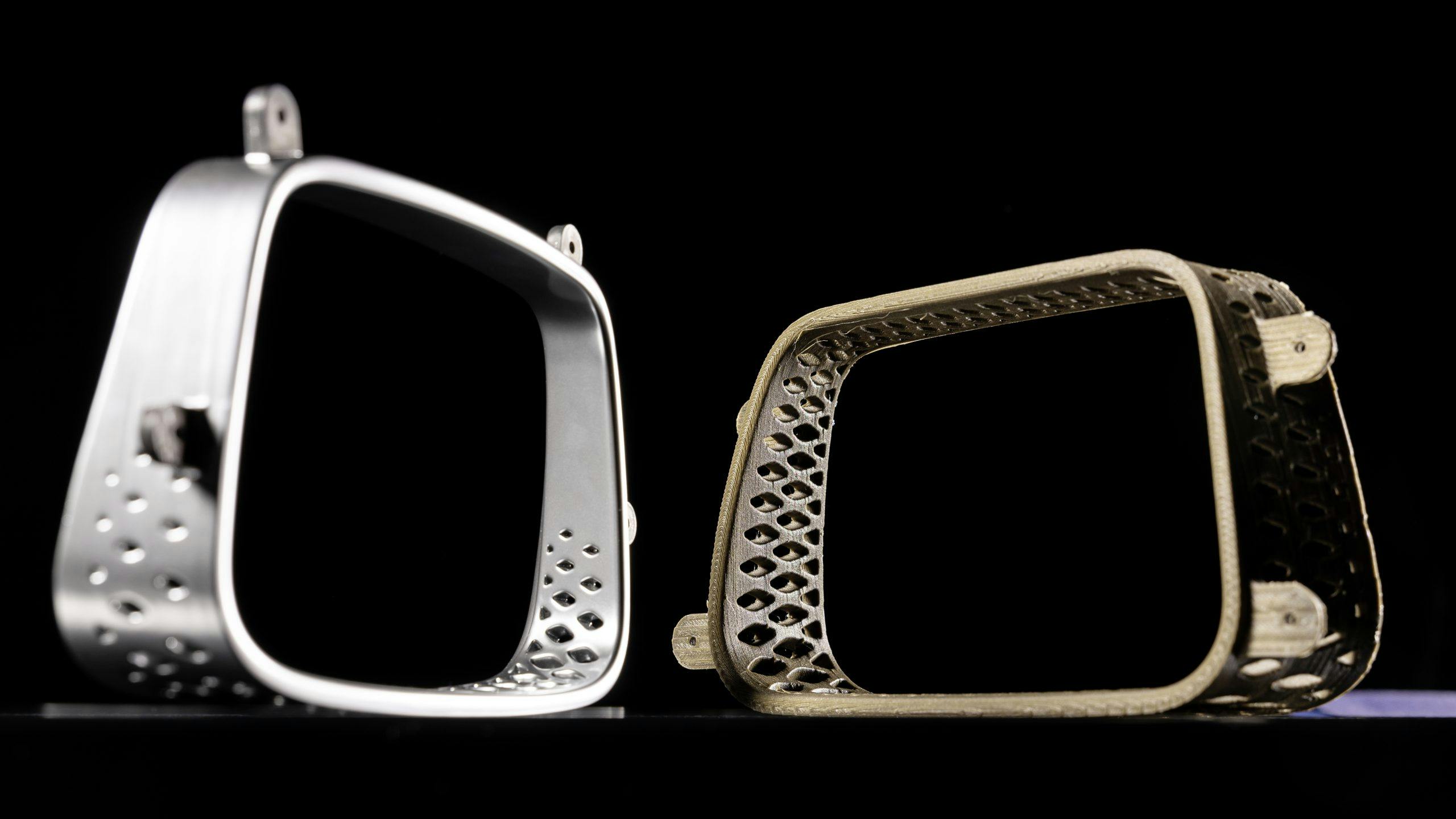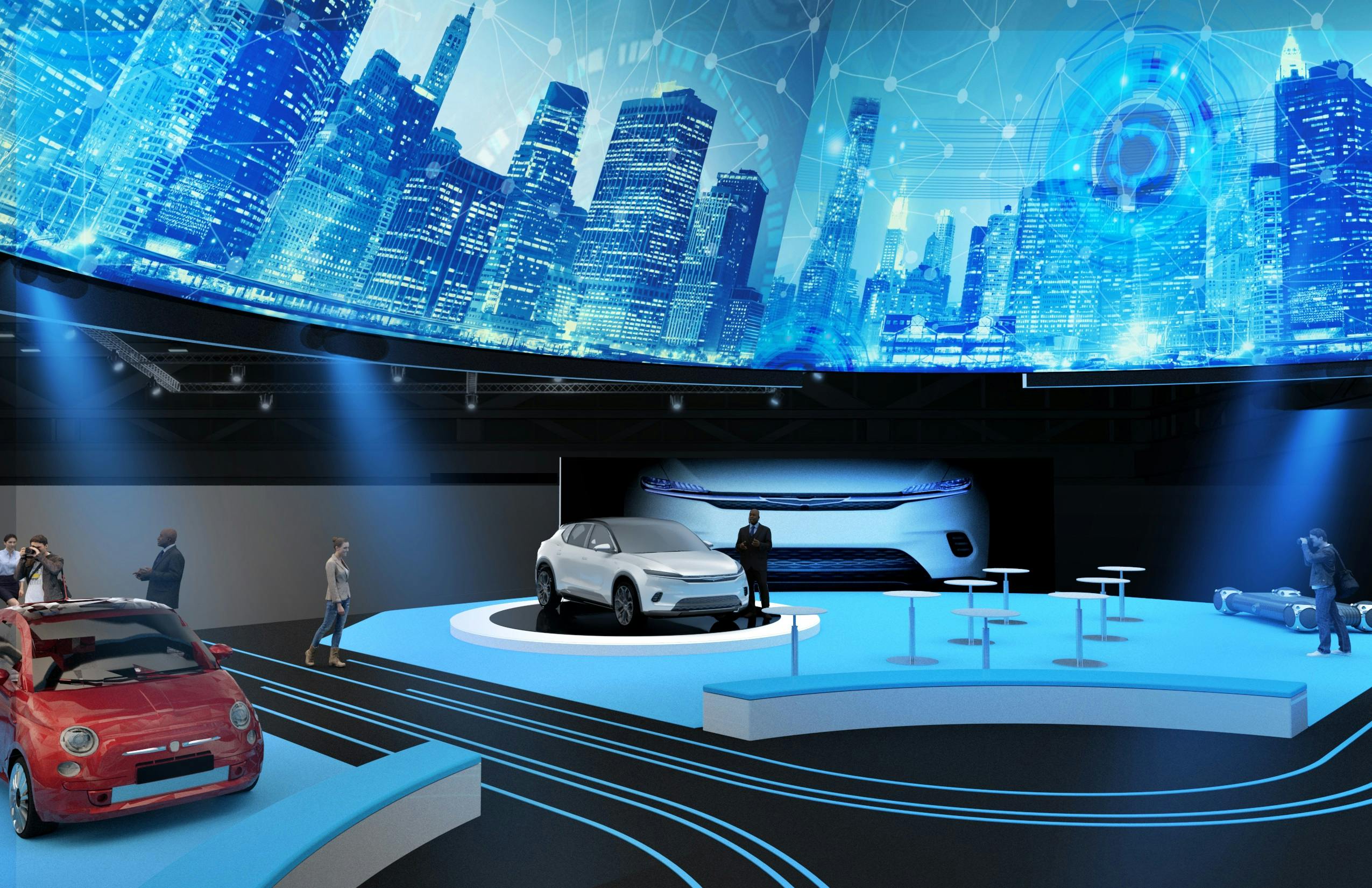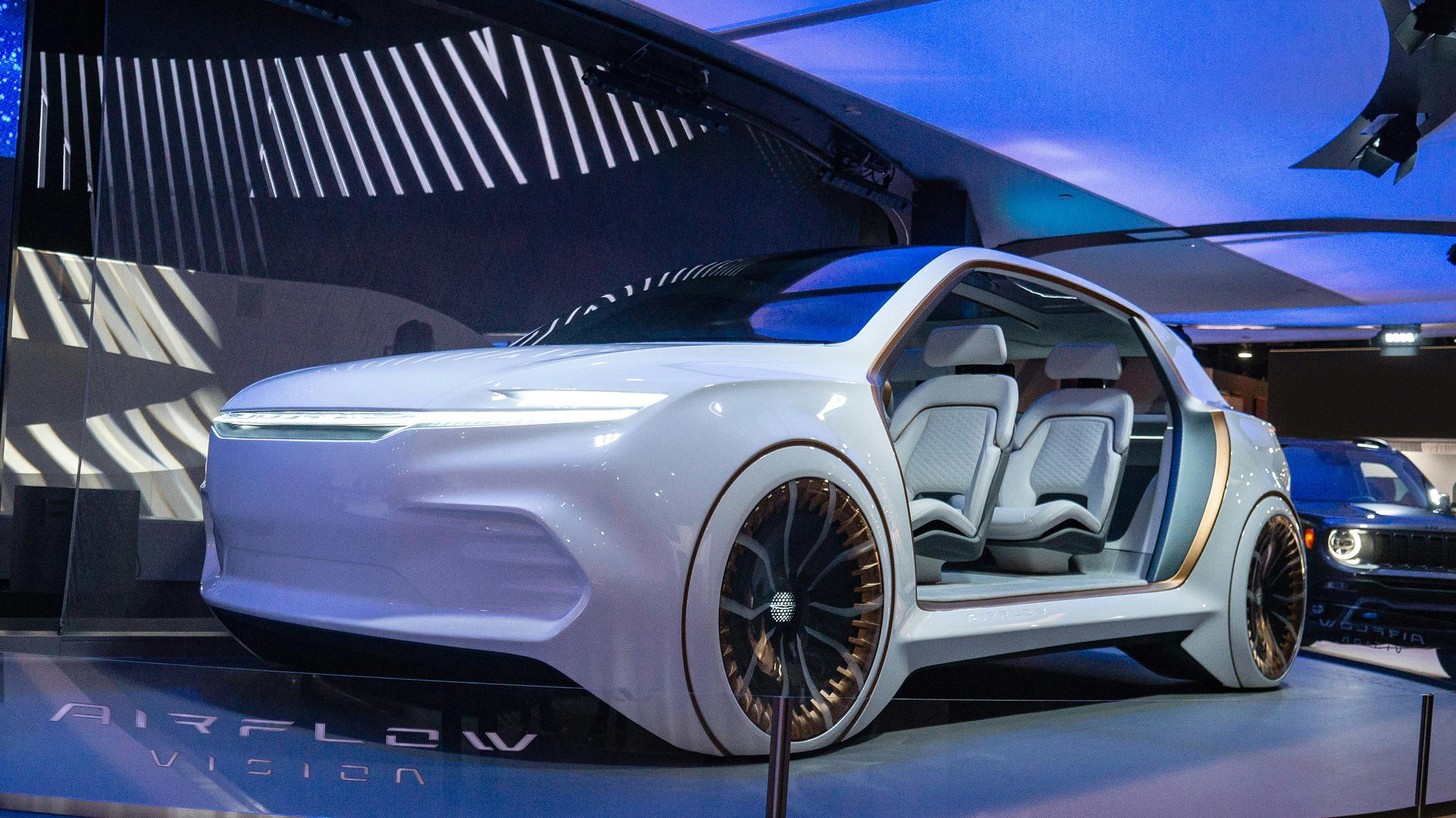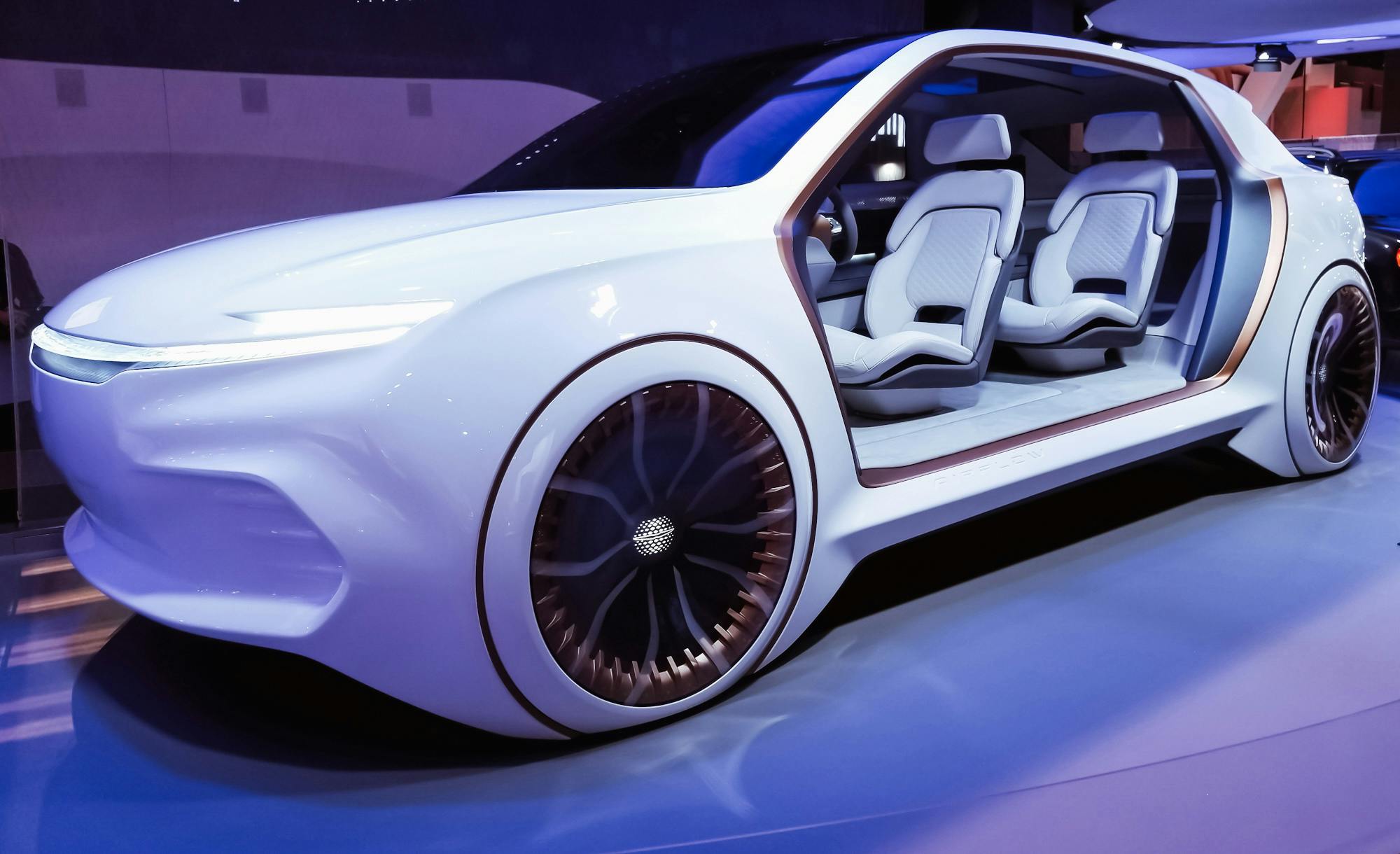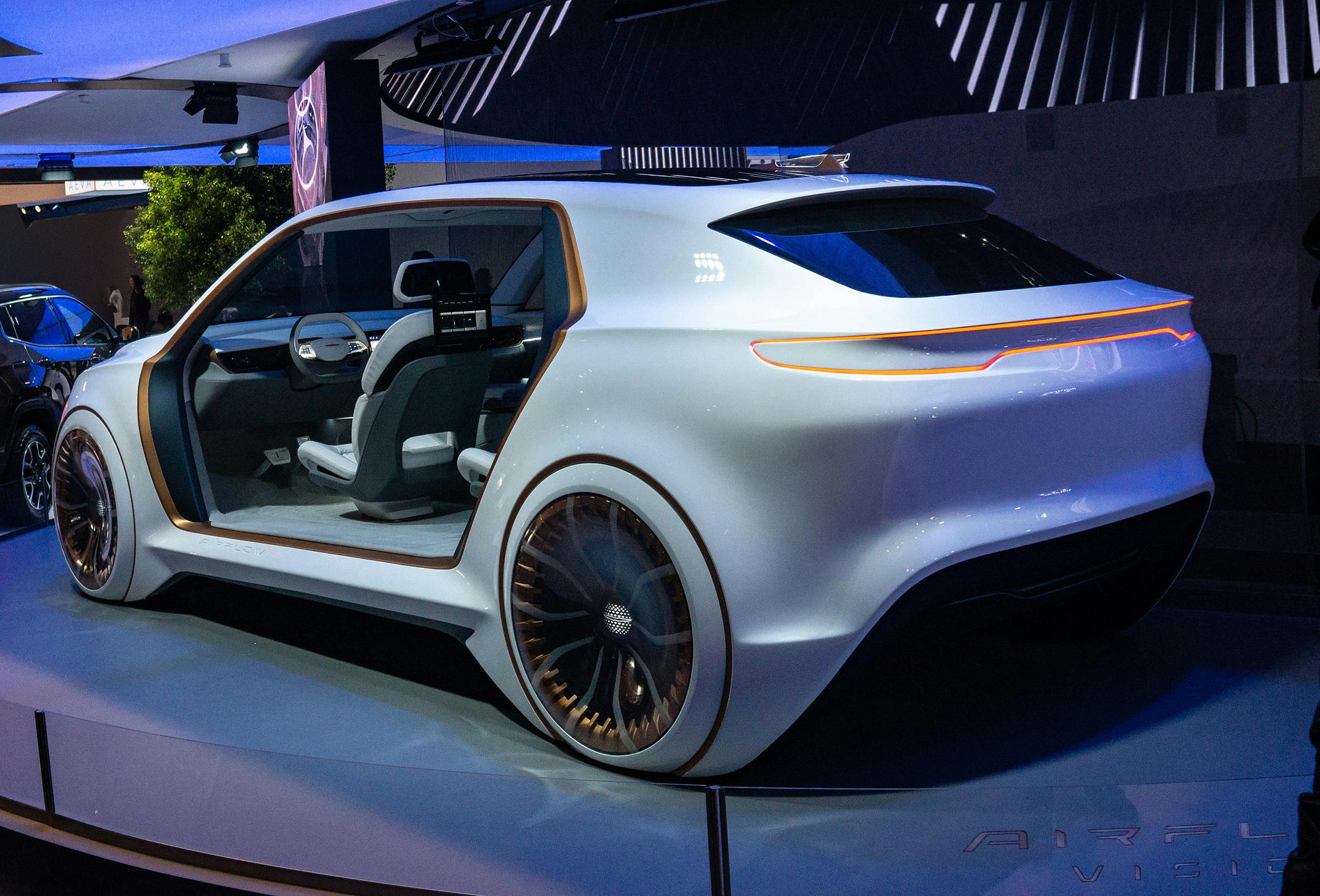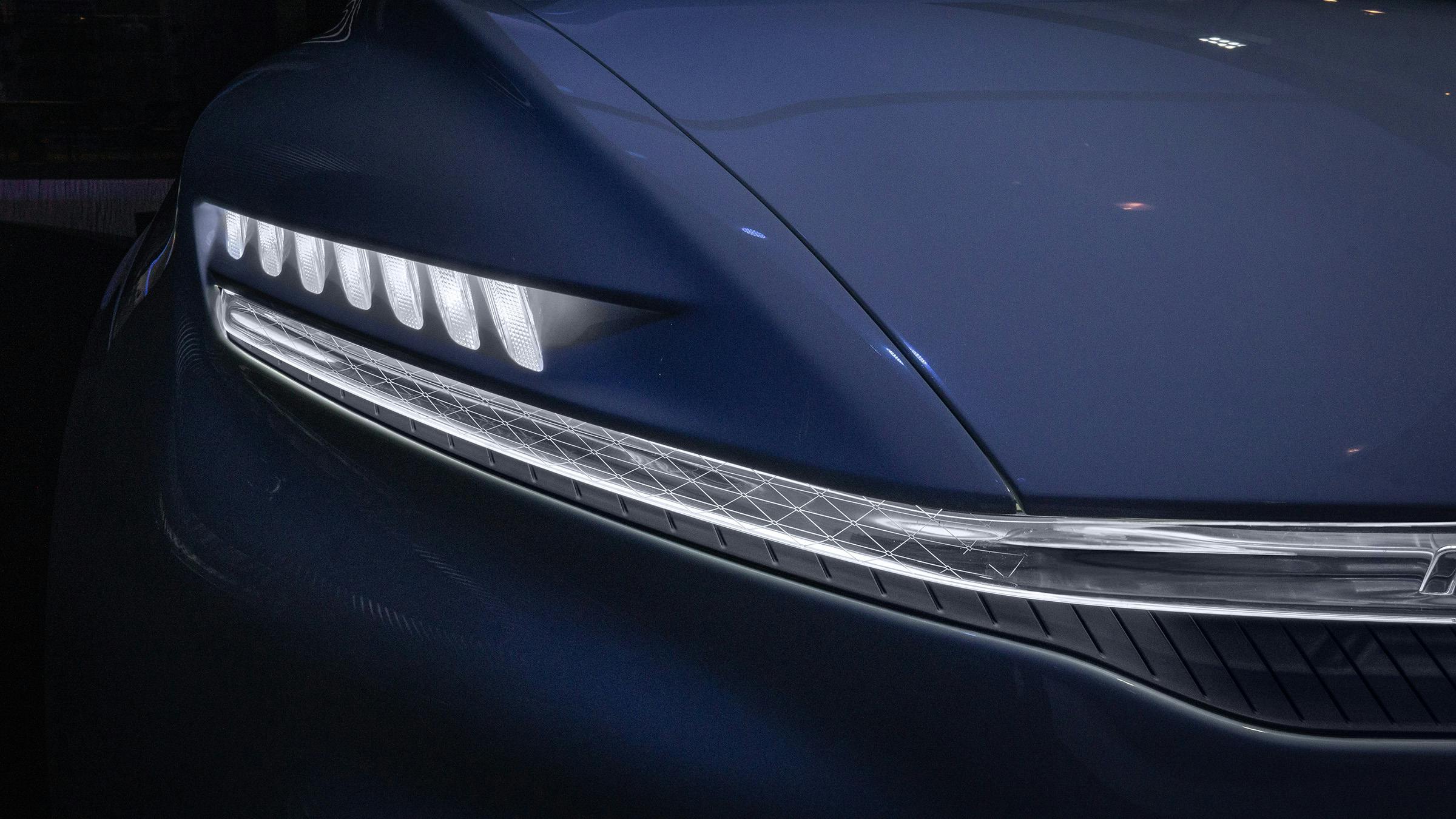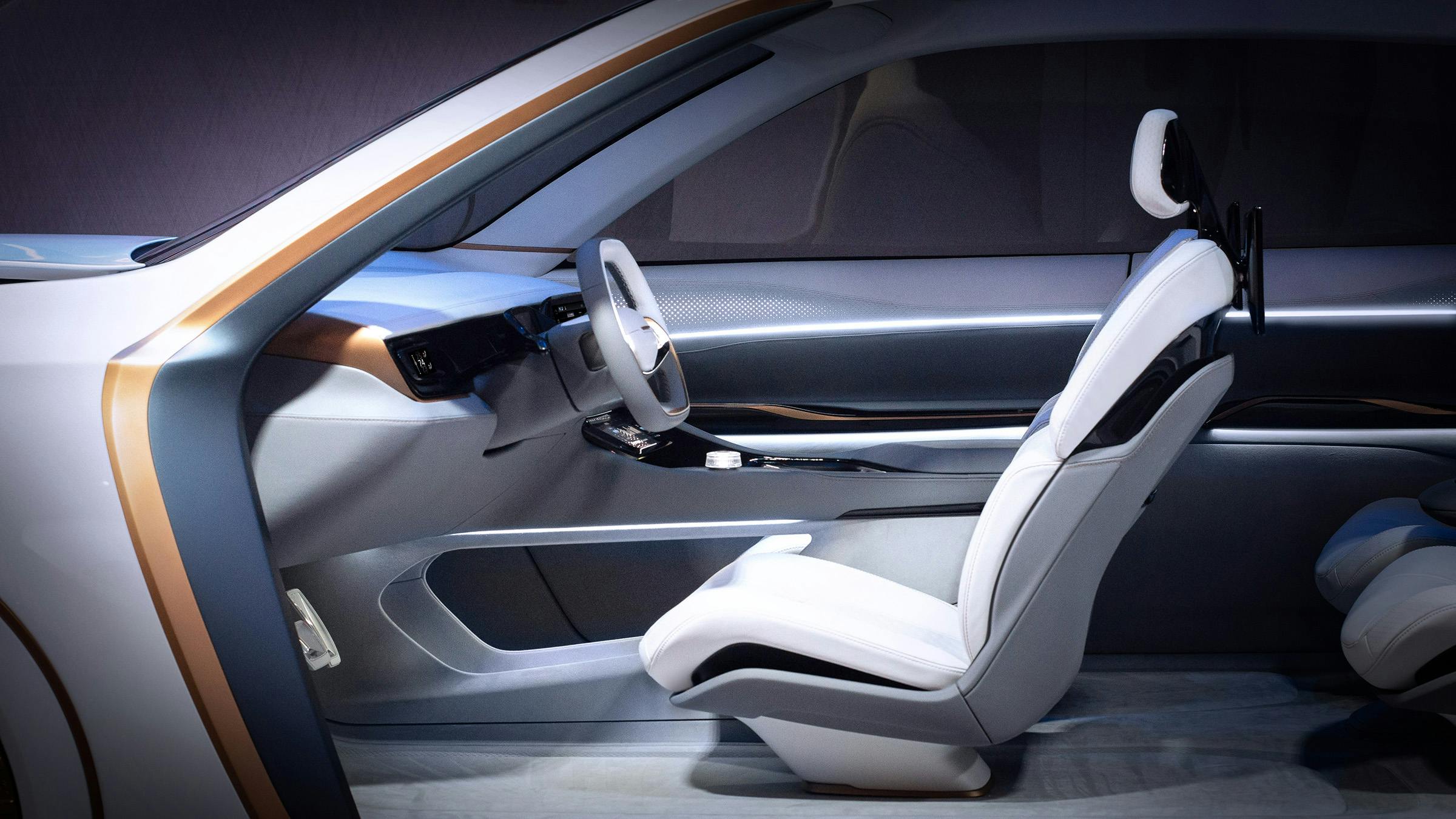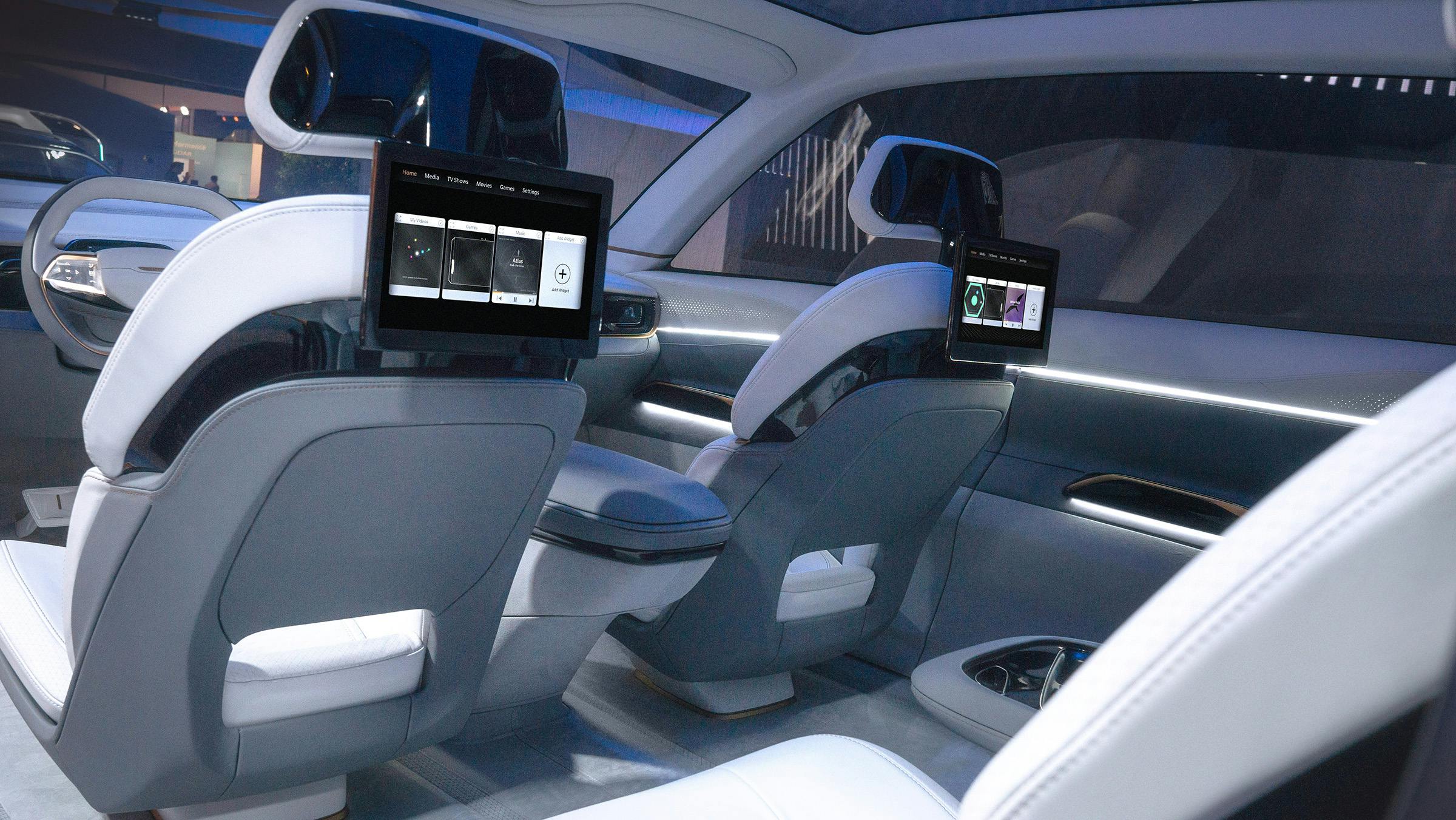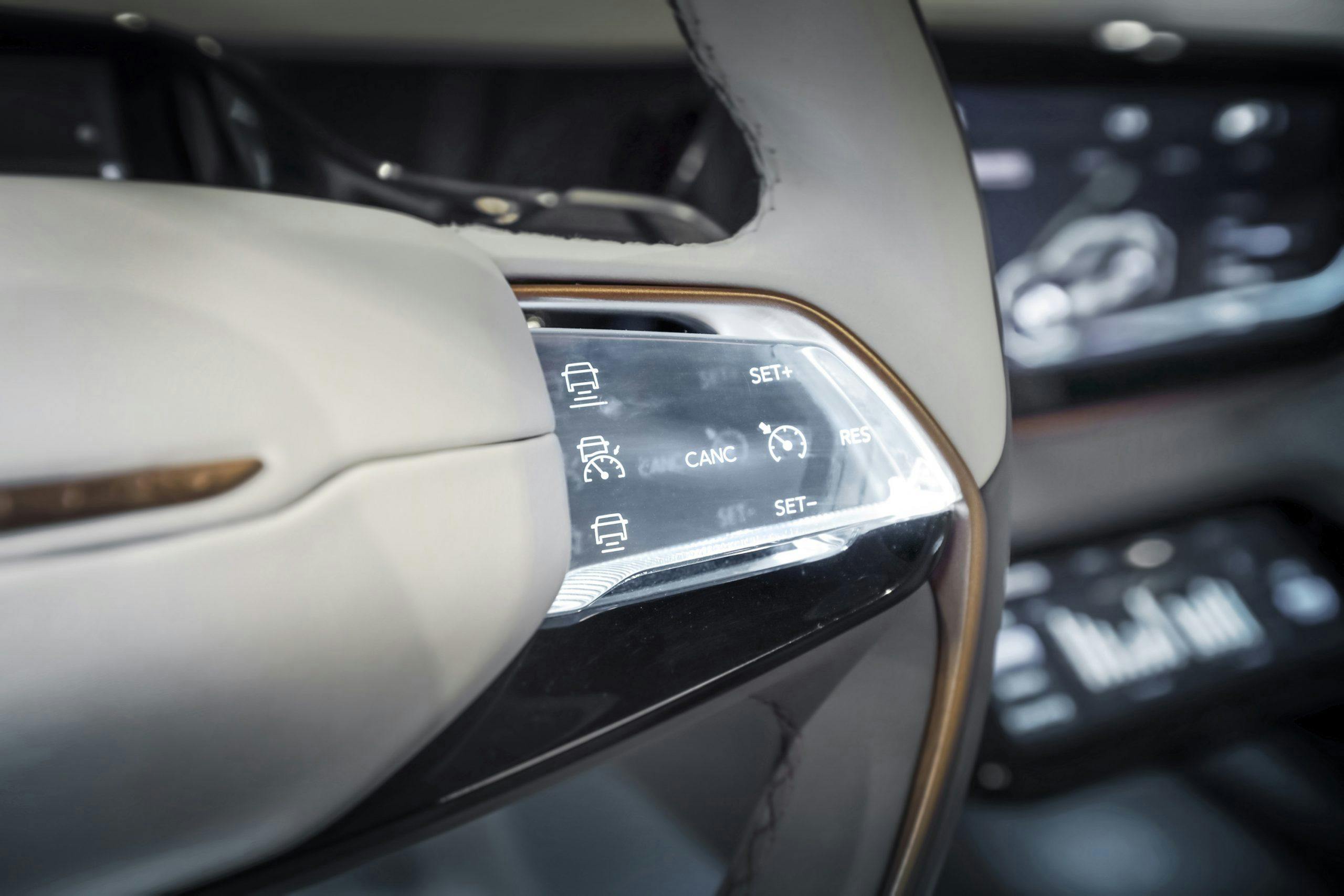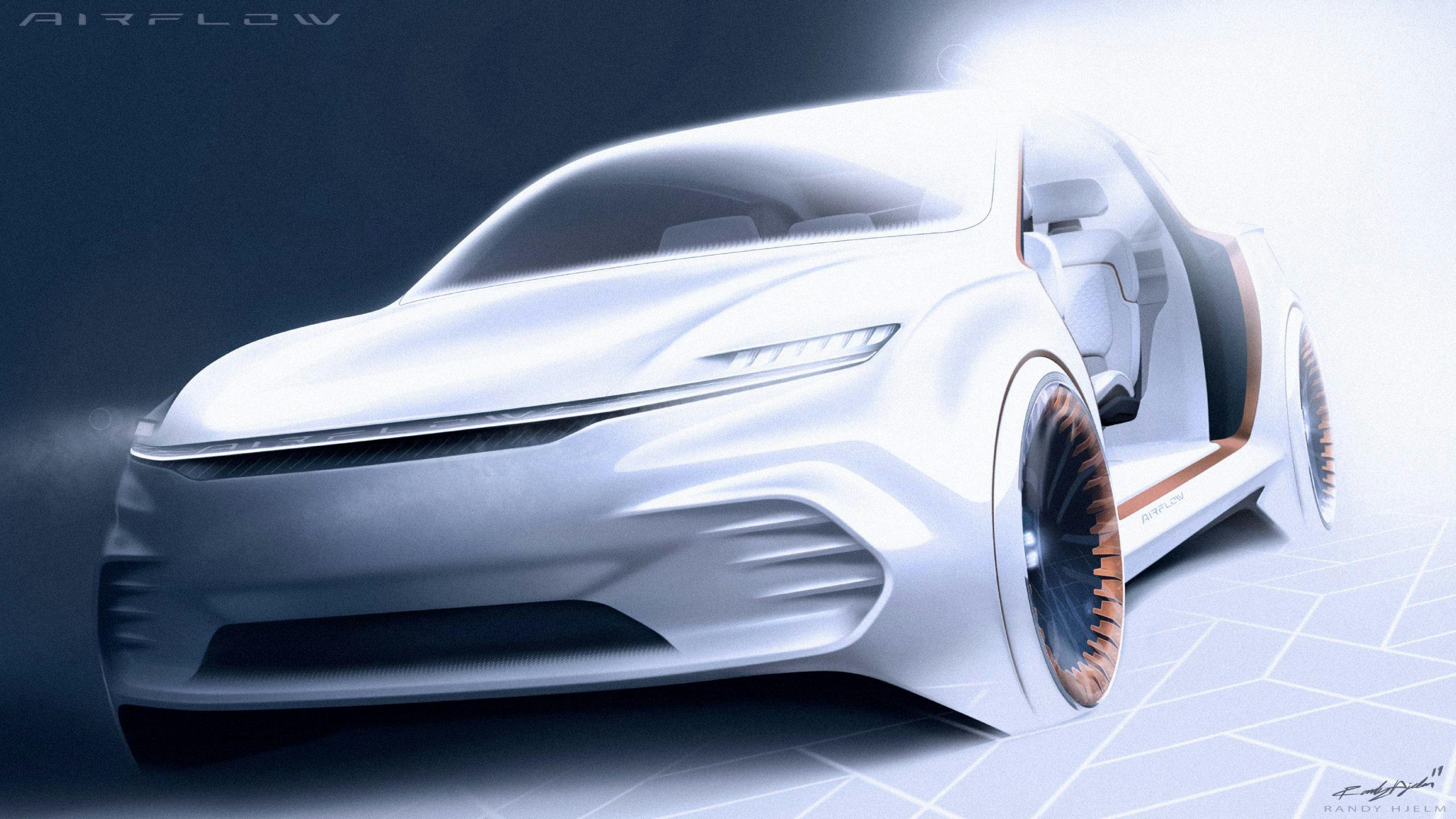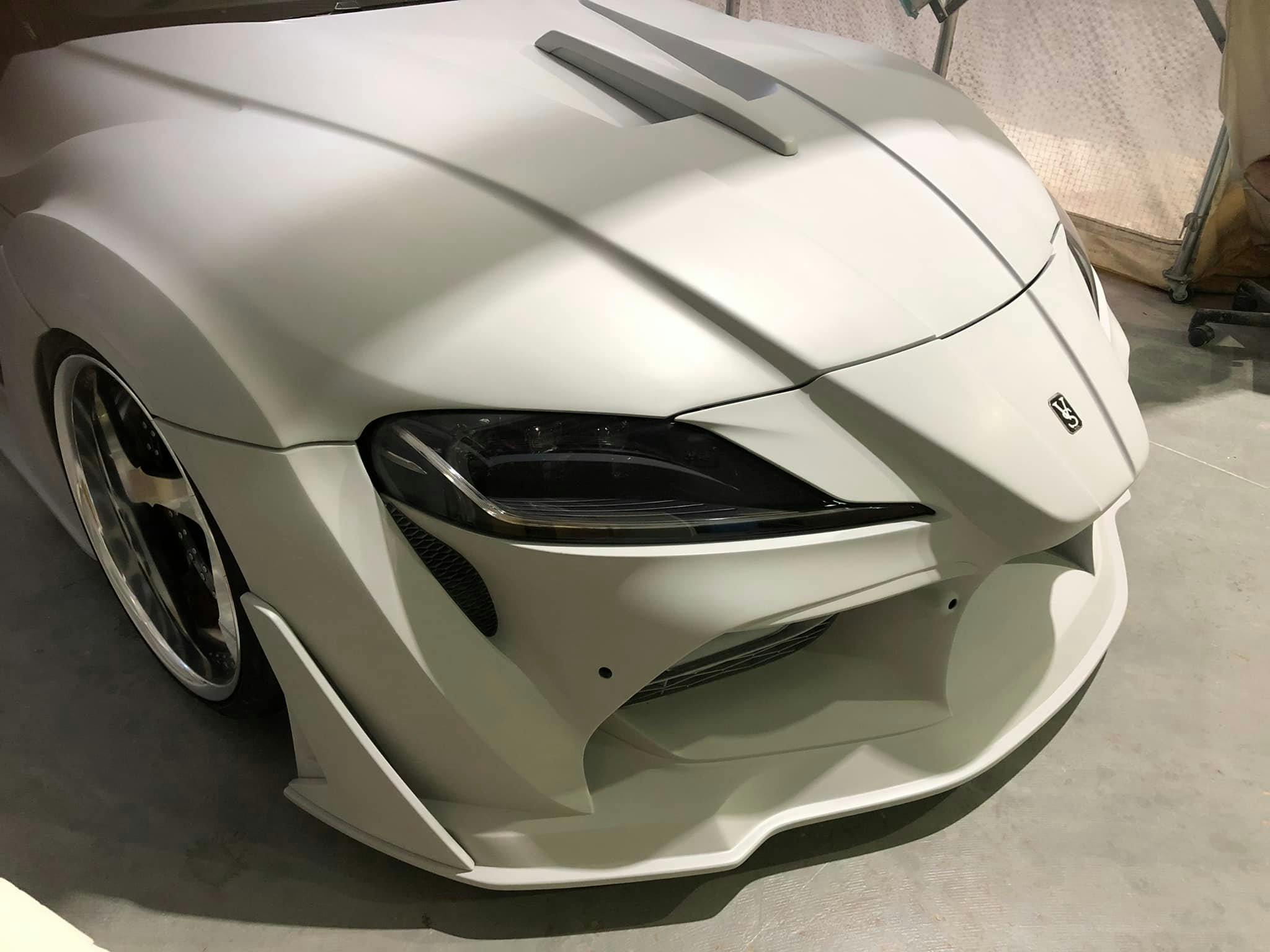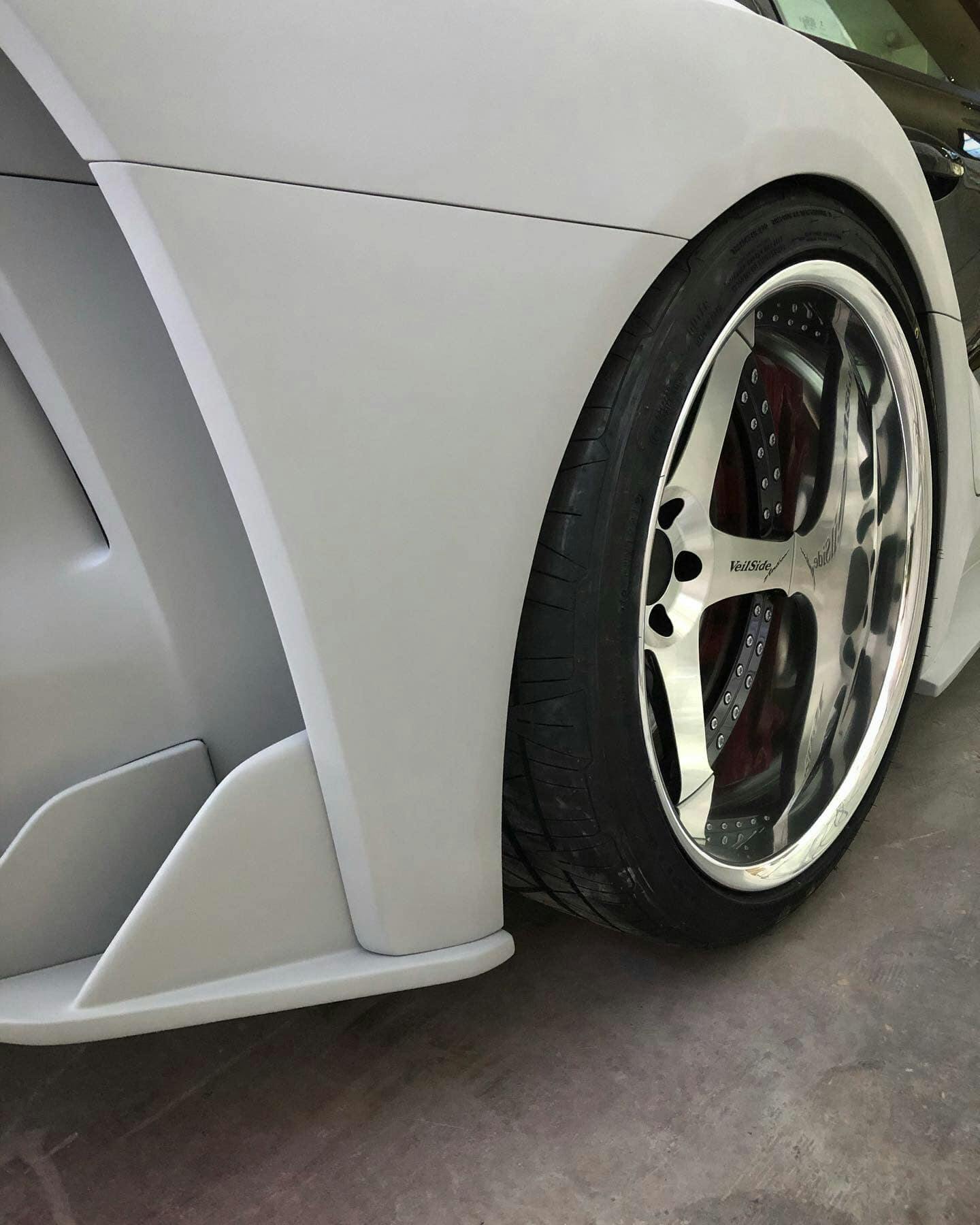Trucks outstrip cars 3-to-1 in U.S. sales, Benz’s radically slippery EV concept, Chrysler heralds new Airflow

Trucks (and their ilk) outsell cars 3 to 1 in the U.S.
Intake: America is obsessed with light-duty trucks. In the automotive world, it’s like saying that water is wet—but each time someone illustrates this phenomenon with supporting data, the numbers shock us. According to a new report from Forbes, light trucks are now outselling cars 3 to 1. “We have seen this shift for many, many years, but new factors have accelerated the trend in the last couple of years,” says Colin Couchman, executive director of global light vehicle forecasting for IHS Markit in an interview with Forbes. A few of those factors include the domestic U.S. automakers’ offloading of cars in favor of SUVs and the revival of the compact pickup class. See Ford’s Maverick and Hyundai’s Santa Cruz.
Exhaust: One important detail that isn’t immediately apparent: The “light trucks” category includes all pickups, SUVs, crossovers, and minivans. A quick survey of your local dealership lot will show that that list accounts for just about everything. The three-to-one truth is no less impressive, but it’s also unsurprising—as Forbes points out, trucks have outsold cars in the U.S. since 2002.
Mercedes-Benz Vision EQXX concept takes EV range to new lengths
Intake: Over 600 miles on a charge—that’s the promise of future Mercedes EVs, as demonstrated by the brand’s Vision EQXX concept. Designed to be the most efficient car Mercedes has ever made, the EQXX has an energy consumption of more than six miles per kWh, yet its battery is half the physical size and a third lighter than the pack fitted to the EQS, which you can imagine as an S-Class–level electric sedan. It’s not just clever chemical engineering, mind: The EQXX employs advanced aerodynamics for a drag coefficient of just 0.17. (For context, the EQS is the slipperiest production car available today, at .20 cD.) Check out that snub nose, exaggerated teardrop profile, and squared-off tail.
Lightweight materials have been used throughout, from a carbon-fiber F1-derived subframe to magnesium alloy wheels and aluminum disc brakes. A solar roof is claimed to add 15 miles of range to the sleek sedan, which, despite being distinctly futuristic, definitely has echoes of the marque’s past in its styling. The aero-elongated long tail and bubble-like front fenders harken back to the company’s prewar streamliner racers which would pound round the Avus ring at well over 200 mph. The EQXX won’t see production as-is, but you can expect M-B’s electric subbrand, Mercedes-EQ, to be dreaming of something quite similar for a halo offering.
Exhaust: True, the EQXX shows off Mercedes’ vision for next-gen battery tech, but it also indicates how far Mercedes is willing to push its current (and traditional) design language to eke out a longer range. Benz has always leaned heavily on its technical prowess—but are customers willing to embrace the look dictated by a strict adherence to aerodynamic efficiency?
For the first time in almost a century, GM loses top U.S. sales slot
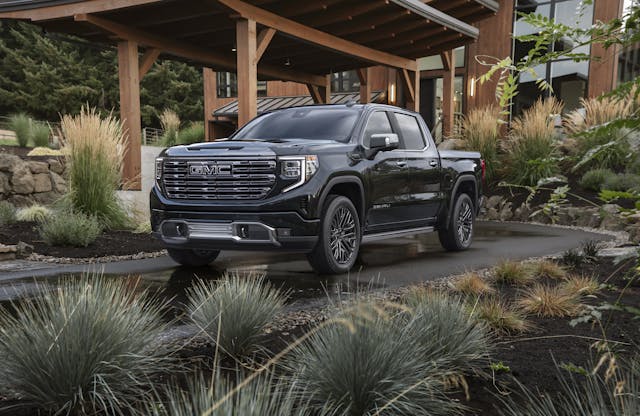
Intake: General Motors is about to cede the top step of the U.S. sales podium for the first time in nearly a century. The most, ah, upsetting part: It’s not losing to another domestic automaker, but rather to Toyota. Both automakers reported year-end sales earlier today, and sure enough, GM is reporting roughly 2.2 million deliveries between its four brands, while Toyota delivered roughly 2.3 million vehicles between its two.
Exhaust:Fear not: The General isn’t rolling over and playing dead. The global semiconductor shortage caused GM’s inventory to plummet and dried up fleet sales, traditionally a reliable booster for end-of-year numbers. GM is also readying a slew of new products—mostly electric vehicles—for the coming years, so it may be choosing to hold funds—and focus—back in reserve for the coming launches rather than figuring out how to alleviate current logjams in the sales funnel.
French car ads will soon tell you to take the bus

Intake: New advertising regulations in France will soon require car makers to advise customers to walk, bike, or use public transport to reduce emissions. The legislation, which comes into force on March 1, comes after pressure from environmental groups and means that car ads will have to carry one of the following statements: “For short journeys, walk or cycle” plus “Think about carpooling” and “Take public transport daily.” The eco messages will have to be clearly visible in all media (spoken on radio or podcasts) and manufacturers can be fined up to €50,000 ($56,450) if they breach the new rules.
Exhaust: France is pushing hard to reduce emissions from transportation, having already banned older cars from the center of Paris, introduced a weight tax on cars weighing over 4000 pounds, and ending the sale of all gas and diesel vehicles by 2040. However, this new move is the first time we’ve heard of companies being instructed to advertise alternatives to their products. What’s next—forcing Burger King to promote salad?
Chrysler has a new Airflow to show tomorrow
Intake: Chrysler will formally introduce the Chrysler Airflow Concept and “outline its future electrification strategy” tomorrow at the Consumer Electronics Show in Vegas, but it will be livestreamed for the world to see on the brand’s website. The Airflow was teased in 2021, based on Stellantis’ new “STLA Medium platform” with a CUV body that’s likely the size of the Tesla Model Y. The Airflow sports a C-pillar that’s a bit like that on the Jeep Compass, a front end with a focused attitude worthy of the original Chrysler Sebring coupe, and Mustang Mach-E levels of black trim for adding a modicum of sleekness to its crossover body. Considering it only has two vehicles to its name (Pacifica, 300) right now, Chrysler’s making a big deal about its future brand ambassador for good reason.
Exhaust: Be it resurrecting dead names from recent memory (Ford F-150 Lightning), from the mid-century (Buick Electra), or from the Great Depression (Chrysler Airflow), applying storied names to electric vehicles is a delightful hat-tip to an automaker’s heritage. And the Airflow was the best name for this vehicle, as the original’s advanced engineering underpinned a new unibody chassis, while revolutionary styling put aerodynamics ahead of all previously considered notions of how a car should look. (That said, the initial Airflow, shown below, sold poorly relative to established Chrysler vehicles.)
The Airflow name will, by itself, inspire electric vehicle enthusiasts, as they don’t necessarily like cars for the same reasons as established petrolheads. More to the point, could the Airflow inspire the next banger based on a famous name in automotive history? Choosing the path not Tesla’d is a good idea, and If Chrysler learned anything from the 300’s initial success in the world of CamCord sedans, it will do just that.

VeilSide cooks up a beaky bodykit for the A90 Supra
Intake: Tokyo is about to host its annual Auto Salon (January 14 through 16), a giant “custom-car and car-related product show” that’s roughly analogous to America’s SEMA. To celebrate, Japanese tuner shop Veilside will bring a new bodykit for the (BMW co-developed) A90 Supra. We get our first peek at the Supra’s new clothes via Instagram, but expect all to be revealed in 10 or so days when the show kicks off.
Exhaust: Even if you’re not a car nut, you probably know VeilSide’s work—remember Han’s orange and black missile from Tokyo Drift? That was a Mazda RX-7 in a VeilSide suit. In our humble opinion, this A90 kit is a far cry from that svelte 2000s job. Give the shop credit, at least, for breaking with (recent) tradition: While most aftermarket kits accentuate the Supra’s curves, VeilSide exaggerates and sharpens the creases, making the car’s beak even more prominent. Anybody seeing shades of blobfish in this schnoz-heavy makeover?
